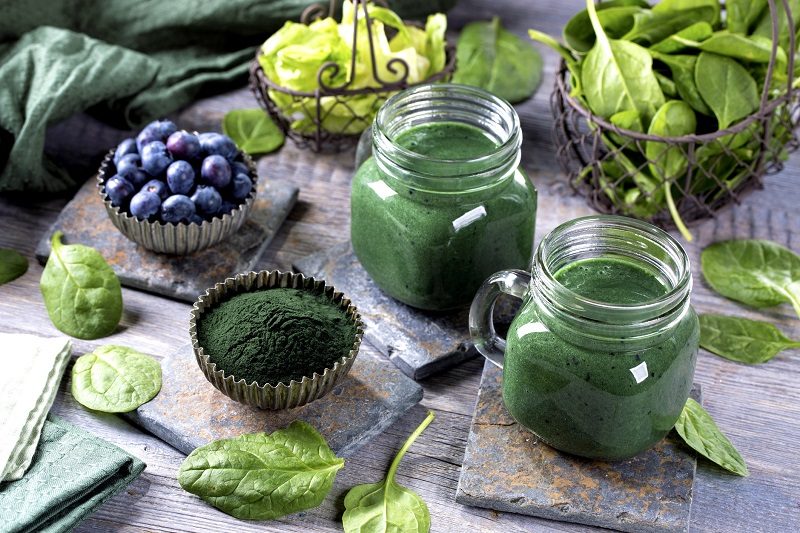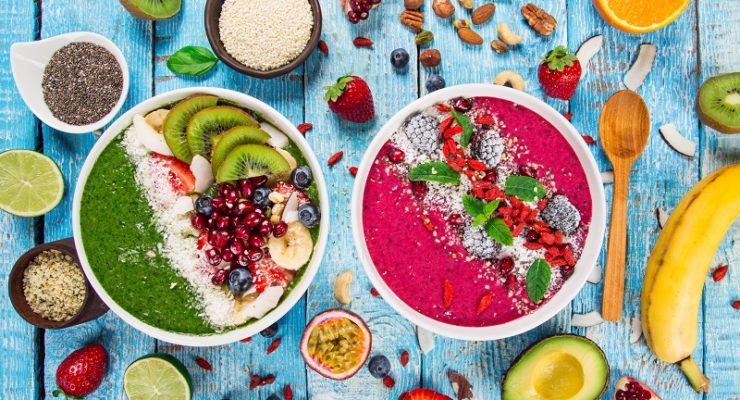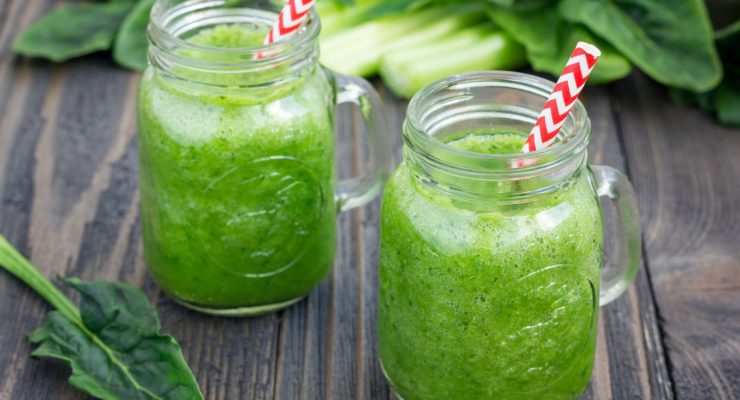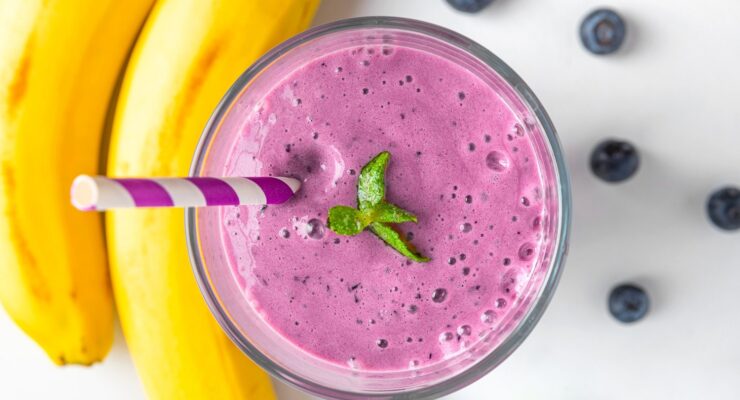Everything You Need to Know About Spirulina
Article posted in: Diet & Nutrition
As you scroll through your social media feed, you may have noticed an increase in turquoise smooth bowls and ocean-green protein shakes. This unique, unusual hue is most likely from spirulina, blue-green algae that has been dried and ground into powder, says Harvard Health. So, what’s the big deal about spirulina and should you incorporate it into your healthy diet?
Spirulina is an up and coming superfood that has recently become popular. It has an impressive nutritional profile, starting with a potent punch of complete protein standing on a low-calorie foundation, says Harvard Health. It also contains a rich supply of vitamins and minerals, such as iron and omega-3 fatty acids. Sounds like a valuable ally in your daily drive to eat healthy and reach your weight loss goal, doesn’t it?
Pronounced spee·ruh·LEE·nuh, it has been used as a food source for centuries and has recently become a popular ingredient among healthy eaters. This may be due to its nutritional content and numerous studies claiming important benefits to our well-being. From packaged foods to supplements, find out why this healthy alga has made its way to your supermarket’s shelves.
Keep reading for everything you need to know about spirulina:
Nutrition Highlights

According to the United States Department of Agriculture (USDA), one teaspoon of spirulina contains two grams of protein, one gram of carbohydrates and zero grams of fat for only 15 calories. Unlike most plant foods, spirulina comes with all the essential amino acids, making it a “complete” protein, says CookingLight.com. Spirulina is a good plant-based source of iron and is an appealing option for vegans and vegetarians.
Spirulina also contains essential omega-3 and omega-6 fatty acids, says Healthline. According to the American Heart Association, omega-3 fatty acids are healthy fats that are said to support Heart Health. Gamma linolenic acid (GLA), an omega-6 fatty acid, has been shown to reduce chronic inflammation, according to research published in Current Pharmaceutical Biotechnology.
Health Powers

The anti-inflammatory properties of spirulina were evident in a study published in the European Journal of Applied Physiology. The subjects who consumed spirulina daily for three weeks were able to exercise longer with less soreness than the control group. This could be especially beneficial if you are new to working out. Better yet, in another study, published in Medicine & Science in Sports & Exercise, participants who took spirulina burned fat while exercising at a higher rate than those who had a placebo.
Spirulina may also help your body manage sugar and cholesterol levels, according to a study published in the Indian Journal of Medical Research. This study found that after 30 days of taking spirulina, lab animals had reduced levels of blood glucose and LDL cholesterol and increased levels of HDL cholesterol.
If you have a health condition, are taking an anti-coagulant drug or any other medication, check with your doctor and pharmacist before adding spirulina to your daily routine. You want to be sure it won’t interfere with your health or medication. Women who are pregnant or nursing should also consult with their health-care providers before taking spirulina.
Buyer’s Guide

According to Harvard Health, you can find spirulina capsules, tablets and powder. They are typically found in the vitamin and supplement section of supermarkets, drug stores and health food stores. You can add it to recipes or just swallow it daily in supplement form. Energy bars, chocolate and drinks that include spirulina are available in many outlets, too.
Keep in mind that spirulina is like other dietary supplements and it is not subject to the same testing or regulations that the Food and Drug Administration requires of medicines, says Harvard Health. That means you need to read labels and do a little research on your own to be sure that spirulina is the only—or at least the primary—ingredient in any product you buy. It can also be pricey, so beware of products that are significantly cheaper than all of the competing brands.
Fresh Ideas

Spirulina by itself has the distinct flavor and aroma of algae with hint of fishiness. That’s why many people choose to take odorless and tasteless spirulina capsules or tablets. Some people mix the powder in water and drink it. However, many find it unpalatable that way. More popular is mixing a few spoonful’s into smoothies or bowls, in which the other flavors can bury spirulina’s taste. If you prefer savory tastes, try adding it to homemade pesto. You can also incorporate it into homemade energy balls. Try throwing it one of these energy ball recipes >
On the Nutrisystem program, about two teaspoons of spirulina count as one Extra. Bon Appétit Magazine recommends keeping open containers of spirulina products in the refrigerator to help protect its nutrients from oxygen.









